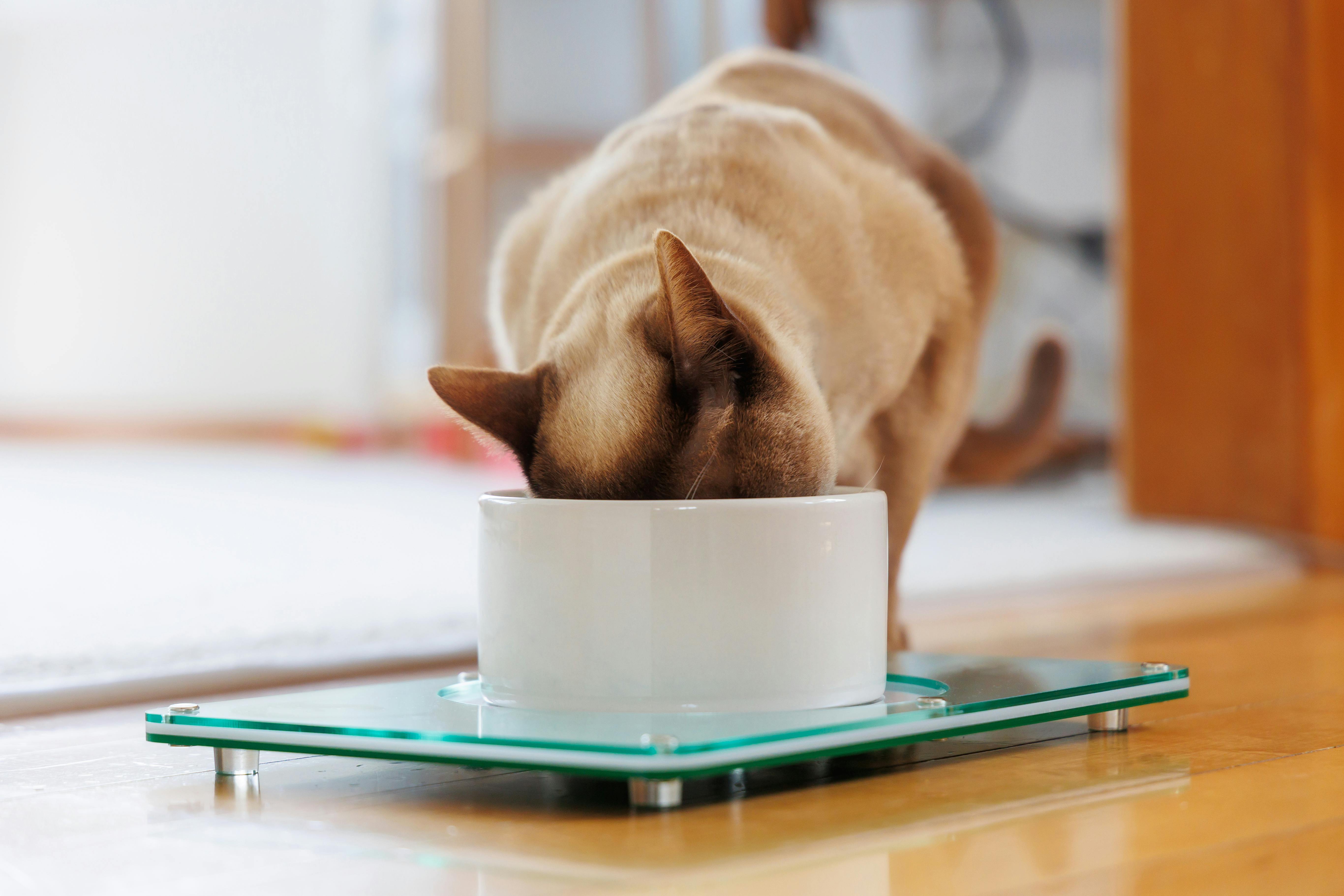Made in New Zealand
Global Shipping
Current production time 1-3 days
Why cats need a balaced raw food diet
Cats are obligate carnivores, which means their bodies thrive on a diet primarily consisting of animal-based proteins. Learn the reasons and benefits of switching your cat to a raw meat-based diet.

From their sharp claws to their agile limbs, it is clear that cats are designed for hunting. And as natural hunters, it should come as no surprise that the cat's body and digestive system is designed to efficiently and effectively process bone & meat. Cats are obligate carnivores, which means their bodies thrive on a diet primarily consisting of animal-based proteins. In this blog post, we’ll explore the physical characteristics of the feline digestive system; the importance of essential amino acids; benefits of a raw food diet (for cats); and tips to transition your cat to a fresh species appropriate diet.
Physical characteristics of the feline digestive system
Examination of a cat's teeth, stomach and gut provides clear evidence that they are carnivorous animals.
Teeth: Designed for gripping, cutting and shredding
Cats have evolved with specialised teeth that are perfectly adapted for a carnivorous diet. Their tiny incisors at the front of their mouths help grip prey, while sharp canine teeth are designed for killing and shredding. Towards the back of the mouth, cats possess eight sharp, serrated premolar teeth for cutting food into chunks and four molars for crushing bones. Unlike humans, cats can only move their jaws up and down, which means they can’t chew food as we do. This anatomical adaptation emphasizes the importance of a diet that includes raw meat and bones.
The stomach: Built for digesting meat
Cats have highly acidic stomachs that are designed to break down raw proteins like meat, bone, organs, and gristle efficiently. In contrast, kibble requires an alkaline stomach environment for digestion, which can lead to more challenging and less efficient digestion. A raw food diet aligns with a cat’s natural digestive system, promoting better nutrient absorption.
The gut: Short and specific
A cat’s digestive system is quite different from that of humans. Their digestive tract and intestines are shorter, emphasizing their evolutionary adaptation as carnivores. Cats lack the ability to fully digest and utilise nutrients from plant material, such as grains, which is why a diet rich in animal proteins is essential. Cats have no nutritional need for grains whatsoever.
Essential amino acids: Importance of taurine for cats
Protein is made of smaller 'building blocks' called amino acids. Cats need amino acids to develop and maintain muscle, skin, fur, nails, tendons, ligaments, cartilage, enzymes, hormones, antibodies and more. Amazingly, the cat's body has the ability to 'self make' (or synthesize) many of the amino acids it needs itself (known as 'non essential amino acids'). But there are 11 amino acids that it cannot make in large enough quantities (or at all), meaning these need to be supplied via diet. These are known as 'essential amino acids'. The 11 essential amino acids are: arginine, histidine, isoleucine, leucine, lysine, methionine, phenylalanine, taurine, threonine, tryptophan and valine. When it comes to dietary sources, these essential amino acids are most prevalent in meat and other animal tissues.
Taurine is particularly important for cats as they need it in large volumes - and they are particularly poor at synthesizing it themselves (unlike other mammals). For cats, taurine is needed for normal vision; digestion & heart muscle function; maintaining a healthy immune system; and supporting pregnancy & fetal development.
As taurine is exclusively found animal protein; it can be adversely affected by food processing; and increased dietary fibre can decrease its absorption, there is a strong argument for feeding your cat a raw meat-based diet and avoiding carbohydrate (i.e. kibble). Further, as the feline body cannot store large amounts of taurine - they need to be 'topped' up consistently from their diet.
Health benefits of a raw meat-based diet
Switching your cat to a raw meat-based diet can yield numerous health benefits, including:
- Superior joint and bone health: Raw diets containing crushed bones provide natural sources of calcium, phosphorus, glucosamine, chondroitin, collagen, and marrow, supporting strong bones and joints.
- Smaller, less smelly poops: Raw diets are more digestible, resulting in less waste production and smaller, less odorous stools compared to dry kibble.
- Healthier skin & coat: Omega-3 fatty acids found in raw diets support skin and coat health, providing anti-inflammatory benefits and benefiting cats with allergies or skin issues.
- Dental health: Chewing on meaty bones can help clean your cat’s teeth and maintain dental health.
- Fewer urinary problems: Raw diets provide more water intake, potentially reducing the risk of urinary diseases often associated with dry cat food.
- Stronger immune system: A balanced raw diet provides highly digestible nutrients that support a robust immune system, helping your cat fend off infections.
Transitioning your cat to a raw meat-based diet
Transitioning your cat to a raw meat-based diet can be a gradual process. Here are some tips to help with the transition:
- Feed your cat or kitten twice a day, ideally
- Allow meat and bones to defrost naturally in a covered container
- Serve the raw food at room temperature, as this is closer to a cat’s natural preference
- Start with small amounts and gradually increase over time
- Eliminate kibble from your cat’s diet and avoid mixing kibble and raw food in the same meal
- Be patient - it may take some time for your cat to adjust to the new diet
- Weigh your pet before starting the raw diet to monitor their food intake effectively
- Offer a variety of proteins to prevent fussiness and ensure a well-rounded diet.
In conclusion, a balanced raw food diet aligns with a cat’s natural dietary needs and can provide numerous health benefits. Making the transition may require some patience, but the long-term benefits for your cat's health and well-being are well worth it. So, why wait? Consider giving your cat the gift of a raw food diet today.
For more information on why you should choose a raw food diet for your cat, check out the Cats & Dogs Dinner Company resources. And for a range of New Zealand sourced raw food products for your cat, check out their Cats & Dogs Dinner Company shop.
- September 2023
Author: Bev Saunders, Managing Director, Cats & Dogs Dinner Company (and edited by Lorna Brennan, Managing Director, Led & Collared)
Additional references:
- VCA Animal Hospitals
- Jennifer Coates, DVM, Pet MD
© 2023 Led & Collared®. All Rights Reserved. Wellington, New Zealand.





